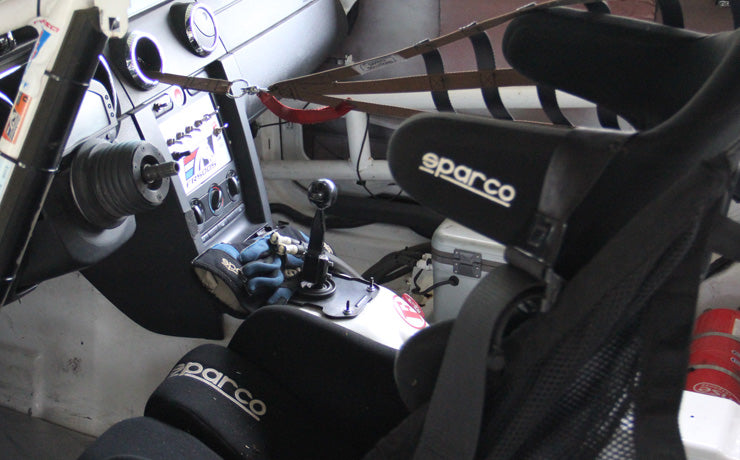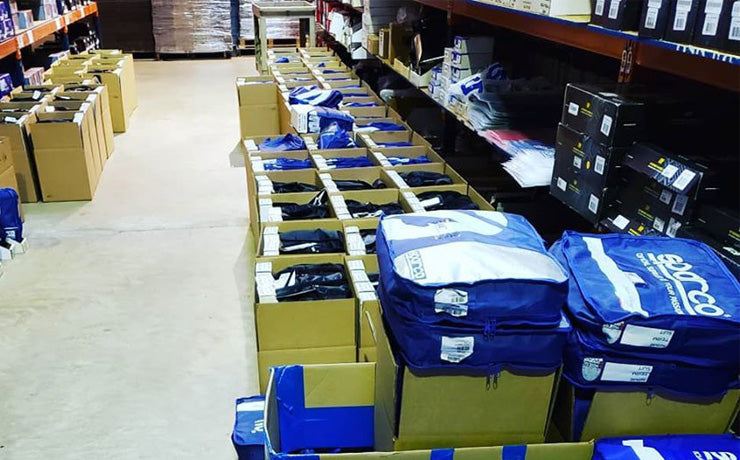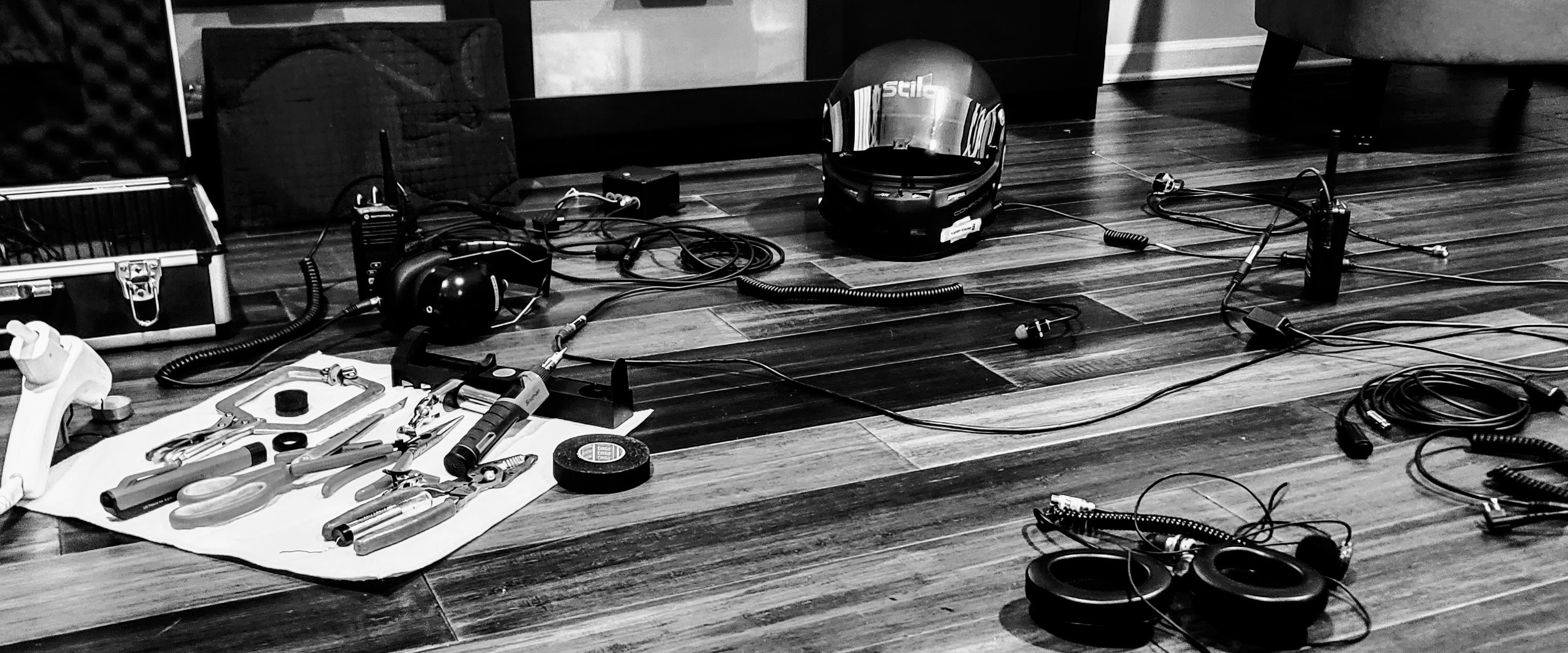
HPDE Tech Inspection (What to expect and how to feel prepared)
Upon arriving at the track, you must go to registration and then dun dun dun… tech inspection. Really, the tech inspection is a simple check to ensure that your car and gear are up to the task of keeping you and your fellow participants safe.
Each club has its own form and policies regarding the inspection. Some prefer that a certified shop perform the inspection, and some allow you to "self-tech" this is a term that I first came across post-COVID. Still, it may have been a thing since before that. Self-tech means that if you feel comfortable and confident in your mechanical aptitude, you can check all required items and sign off on your vehicle. Sometimes a self-tech will come with a speedy tech process at the track but again. That depends greatly on the event that you are attending.
To self-tech or not to… that is the question - Or at least it should be; if you are looking at the tech form and feel unsure, it may be best to take your car to a qualified shop to have them perform the inspection. Most shops charge 1-2 hours of labor to check everything over and sign off on your vehicle's clean bill of health. This is also a great piece of mind for diving into turn 1! However, I recommend you get to know your car and read the checklist. Talk to your boy Google and ask what all those new terms mean. Have a little stroll down YouTube lane and watch some tutorials to create an overall knowledge of your vehicle. This has multiple advantages. First, you'll be much more prepared to remedy the situation if something happens at the track. The second is confidence. Knowing that you torqued that bolt and topped off those fluids makes you feel better in the car. The alleviation of doubt is the single quickest way to lower lap times. Below you will find links to several organizations' tech inspection forms. If you browse through them, you will notice that each is different, but they all share essential items. I will highlight my top five commonly seen checks. So hopefully, these all seem as simple as they are.

Brakes - Probably the number one item on most of the club's tech forms are brakes and brake-related items. This is for a good reason, and here is a brief description of what it all means.
- Brake fluid is full and clean - This is a simple one, is the reservoir full, and if so, is the fluid in it clean. Clean, meaning a clear amber color or almost completely clear fluid. I know you could get blue fluid once upon a time, and yes, it was great. It's gone; move on. If you still have blue in your car, I hope you have a stockpile and aren't just holding on as long as you can. A high-quality fluid with a high boiling point can differentiate between a successful day and a scary experience. If you need help selecting a fluid for your application, call us. We can help with that!
- Brake flush and date - You should regularly flush your brake fluid and bleed the brakes even more often. One of the biggest reasons for this is brake fluid's hydrophobic properties. Once the fluid takes on a small percentage of water, it dramatically reduces its boiling point. That then lowers the ability of your brake system to function at the elevated temperatures induced during track driving. Most clubs recommend a flush within 90 days of your track event.
- Brake pads not worn past 50% or 3/16" - You will USE your brakes in ways you have never had to. This means you are going to wear down your brake pads. Suppose you are in a car with pads designed to be dust free and quiet on the street. In that case, the elevated temperature the track will generate will significantly affect the wear rate. So you have to be prepared for that. I recommend not starting an event with less than 50% of life remaining.
- Brake rotors have no cracks - This one can be left to a bit of debate, but we are talking about actual cracks. Not heat fractures. A general rule of thumb... if you can catch the crack with your thumbnail, that rotor is trash! McDonald's coffee disclaimer... rotors may be hot, if you burn your thumb, it is your thumb, and I told you so.

Suspension and Wheel bearings - The tech guy won't be jacking your car up at the track to check this. They will firmly grasp your wheel and tire and shake it like Shakira! This only shows super worn stuff, so you will need to check this. You will need a floor jack, jack stands, and wheel chocks to successfully complete this task. Once the tire is off the ground, you will put one hand on the top and one on the bottom. Now pushing and pulling in opposite directions, you can feel if there is any play. If there is, it is most likely the wheel bearing, ball joints, or control arm bushings. You will need to get under the car to find the excessive moment. In the front, you will need to do the same test but side to side. You will put one hand on the left and one on the right. Again pushing and pulling while being mindful of any looseness. If there is play here and not up and down, it is likely inner or outer tierods, steering gear, or possibly steering rack and control arm bushings.

Interior - The clubs will all require an empty interior... like really empty. That means all those unmentionables under the seats; seriously, give everything a good clean this will make the whole day much better!

Fluid Leaks - It is best to do this on jack stands or, better yet, a lift. Although it can be as simple as parking over a clean piece of cardboard and watching for any new drips. You will need to do your best to ensure your vehicle has no leaks. This can quickly become a situation on track, so better to lean on the side of caution if you see any signs of excessive moisture anywhere. Most of the tech personnel you encounter will understand that seeping seals don't pose an issue. But remember, it is their discretion to let you on track so make sure your car is good to go.

Battery Secured - Last but certainly not least, the battery. I left the battery for last because, for some reason, more than every rule in motorsports, I forget to cover my battery terminals. Without failure, if I prep 20 cars for the season, a couple will have missing terminal covers. That all being said, it's super easy to get right. Cover your terminals with a non-conductive material and ensure that you can firmly pull on your battery without any excessive movement. I recommend a tight-fitting rubber cover for your terminals; typically, a factory battery mount is sufficient. If you swap batteries, remember that you should get a matching mount. Don't be the guy with a $2k carbon battery and a bungee holding it in! Unrelated to safety and tech still a solid tip - ensuring that you have a good battery will make your day much more enjoyable. Most aftermarket auto parts stores (Napa, Carquest/Advanced Auto, Autozone, etc.) will do a load test while you wait for free. This is an excellent piece of mind if you have a battery more than 5 years old.
NASA HPDE Tech Sheet -
https://nasa-assets.s3.amazonaws.com/document/document/277/NASA_HPDE_Tech_Form_2022_V1.pdf
PCA Potomac Tech Sheet -
https://pcapotomac.org/images/PCA_PotomacTechForm.pdf
Trackdaze Tech Sheet -
https://www.trackdaze.com/images/forms/inspection.pdf
Chin Track Days Tech Sheet -






